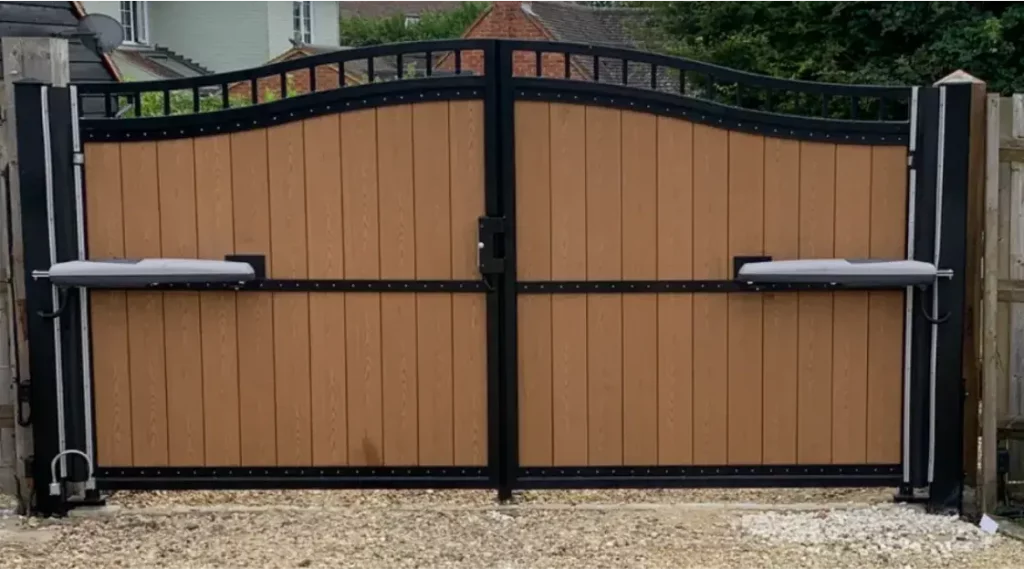In the domain of gate repair, the integrity and readiness of safety gear are essential. Storing helmets, gloves, and goggles in conditions that prolong their usability not only guarantees personal safety but also cost-effectiveness over time. Helmets should be stored away from direct sunlight and in a well-ventilated area to prevent the deterioration of materials. Gloves require a dry environment to avoid the accumulation of moisture that can lead to deterioration. For goggles, avoiding areas prone to dust buildup is vital. Exploring the subtleties of these storage methods could reveal additional strategies to enhance the longevity and performance of your safety equipment.
Cleaning Your Safety Gear
Proper maintenance of safety gear is pivotal for ensuring both its effectiveness and longevity. Cleaning plays a significant role in the upkeep of gate repair safety equipment. Accumulated dirt, grease, and debris can compromise the functionality and safety of gear such as helmets, gloves, and harnesses. To uphold the highest standards of safety and operational efficiency, it is vital to adhere to recommended cleaning practices specific to each type of gear.
For helmets, use mild soap and warm water, gently scrubbing the outer shell and padding to remove any contaminants before air drying.
Gloves should be inspected for punctures and washed using appropriate fabric cleaners, depending on the material—leather gloves require different care than those made of synthetic materials.
Harnesses demand meticulous attention; soak and hand wash in a mild detergent solution, focusing on removing any oil or grime from the straps without compromising the fiber integrity.
Proper Storage Techniques
Storing safety gear appropriately is crucial for preserving its condition and maintaining it remains ready for use. When dealing with gate repair safety gear such as helmets, gloves, and goggles, the key is not only in how we store them, but also where. Each item should be placed in a clean, dry environment to prevent degradation from moisture or pollutants.
For instance, helmets should be hung on a designated rack rather than being tossed into a tool bin, which can compromise their structural integrity. Gloves should be flattened out to avoid permanent creases which could weaken the material over time. A dedicated shelf or drawer can help in maintaining their shape and functionality.
Goggles, susceptible to scratches that impair visibility, must be stored in a protective case or on a padded shelf. Moreover, temperature control plays a crucial role. Extreme temperatures can damage the materials used in safety gear, making them brittle or overly elastic. Thus, choosing a storage area that remains relatively cool and out of direct sunlight is advisable.
Implementing these storage techniques maintains that your gate repair safety gear upholds its highest safety standards and fosters a sense of professionalism and collective responsibility within your team.

